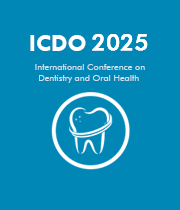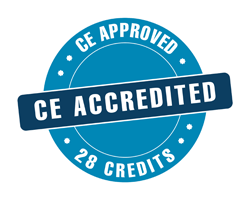Title: Effect of phosphate-bonded investment on surface-roughness and wettability of ceramics
Abstract:
Background: Dental investment materials, classified as gypsum-bonded, phosphate-bonded, and ethyl silicate-bonded, are essential in fabricating dental prostheses, including removable partial dentures and fixed restorations. Phosphate-bonded investments, widely used for ceramic-alloy restorations, are composed of silica particles and phosphoric acid, which form strong chemical bonds. While the mechanical properties of these materials have been extensively studied, their impact on surface roughness, a critical factor for the integrity of crowns and veneers, remains underexplored. Surface roughness may increase due to incomplete replication of microstructural details during casting process, potentially compromising restoration longevity. Recent advancements in technology now allow for more precise investigations into this area. Understanding how investment materials influence surface roughness can lead to optimized fabrication processes for dental restorations, ensuring superior aesthetics and durability.
Objectives: This study aims to investigate whether variations in phosphate-bonded investment materials from different brands result in significant differences in ceramic surface roughness and contact angle.
Methods: Specimens were designed as discs (n=10) with dimensions of 10 × 2 mm using CAD software to ensure precise pattern fabrication. The generated STL files was sent to a 3D printer (NOVA3D master, 3D NOVA) and additivaly manufactured in wax (Dental casting resin NOVA3D). Three types of phosphate-bonded investments will be used: Yeti Expansion Plus, Deguvest Impact, and Bellavest SH. Lithium disilicate ingots (Lithium disilicate HT B1, Sagemax) were pressed with a holding time of 45 minutes. After cooling, the specimens were de-invested, and sprues removed using a diamond disc. All investment rings will be inspected throughout the process to detect any changes. Surface roughness was measured using a 3D optical profilometer (Bruker Contour GT, USA), while the contact angle was evaluated with a tensiometer (Attention Theta Lite, Sweden).
Results: Yeti Expansion demonstrated a surface roughness of 0.932 Sa and the contact angle was measured at 24.12°. Bellavest SH exhibited a surface roughness of 0.936 Sa and the contact angle was measured at 17.27°The study is still ongoing and the full results for all groups will be ready in the few upcoming weeks
Conclusions: The initial findings shows that Yeti Expansion and Bellavest SH have similar surface roughness values (0.932 and 0.936, respectivaly), indicating smooth surface textures. Yeti Expansion has an average hydrophilicity (24.12°), whereas Bellavest SH has a higher surface energy (17.27°), indicating a stronger tendency for bonding and adhesion. These qualities are critical to the success of dental restorations as they affect bacterial adherence, plaque accumulation, and adhesive bonding efficiency.



